Ancient hairstyles are more complicated than modern hairstyles. In ancient times, not only did women have to tie their hair and comb it into various buns, but men also had long hair.
However, the amount of hair for each person is different, so this makes it easier for some people to comb their hair, while some people find it very difficult to make a beautiful bun. The problem of thinning hair is also not only a problem for modern people, but ancient people also needed to rely on wigs to complete hairstyles. Wigs have a history of thousands of years.
Wigs in Ancient China
Di (髢, dí) and Bi (髲, bì) are the names of traditional Chinese wigs.
However, not everyone had access to wigs in ancient China. In the beginning, the wig is not an ordinary accessory.
The Zhou Rites record that the Zhuishi (追师), a kind of courtier in charge of the empress’s headdress, made wigs and head coverings. “追师掌王后之首服,为副编次追衡笄…… ——《周礼》”
Fu (副 ; fù), Bian (编 ; biān), and Ci (次 ; cì) were three levels of different types of wigs, worn only during important events such as rituals, and only for the exclusive use of noble women such as empresses and madams.
The famous Mawangdui Han tomb has found a well-preserved “Fu” wig. This wig is thick and black, and Lady Xin Zhui pursues a thin natural yellow hair to form a sharp contrast. This real hair wig and bottom set are embellished with the overall presentation of the bun hairstyle.
Han dynasty women loved high buns. This aesthetic was not unique to the nobility but greatly influenced the people. During the Han dynasty, there was a folk saying in Chang’an City: “城中好高髻,四方高一尺.”
That means that women in Chang’an City like to wear high buns, women from all over the city follow this suit, and the buns are one foot high. One foot is about 23 centimeters in the Han dynasty. If not relying on a wig, creating a bun like that is difficult to achieve.
A wig that is immediately made into a fixed shape is called a Jia Ji (假髻, fake bun). These wigs started appearing in the Han dynasty and were a must-have fashion item for noble women in the Eastern Jin dynasty.
As with all fashionable things, fake buns are expensive and difficult for the average person to afford. Girls who love beauty and can’t afford fake buns can only complain that their hair isn’t good enough.
After the Tang dynasty developed, the high bun became more and more popular, and the style gradually improved. Yang Guifei, a woman from the Tang dynasty, prefers to use wigs.
After the An Lushan Rebellion, Yang Guifei died on the Mawei Slope, and there is a common saying that “the wing bun is thrown into the river, and the yellow skirt flows in the water (义髻抛河里,黄裙逐水流)” showing the irony of the extravagant high life.
The Song dynasty followed the legacy of the late Tang dynasty and the Five Dynasties, the high high bun style predominated.
With such a large bun, plus hairpins and headdresses, it is not easy to imagine how heavy it must have been.
The popular bun in the Ming and Qing dynasties was no longer as high as in the previous dynasties, but wigs didn’t just disappear.
Gu Qiyuan, a Ming dynasty inscription master and calligrapher. In his book “Ke Zuo Zhui Yan (客座赘言),” he writes about the fashions and customs of Nanjing. In addition, he introduced the production and use of wigs in the Ming dynasty: The wire was used as a framework, and the hair was braided on the outside, closed with a bun made of women’s real hair, and secured with hairpins.
The Qing dynasty wig industry boomed, not only with many styles but also formed a handicraft industry with regional characteristics.
Yangzhou wig is one of the leading, not only well-made but also more style. According to the “Notes of Yangzhou Pleasure-boat”, the styles of wigs at that time included butterflies, baskets, and dozens of other species.
Wig Materials in Ancient China
Wigs can be divided into several grades, and the cheapest wigs are made of wood. When using it, put it on the top of the head, then wrap it with real hair in a circle to get the effect of adding volume to the hair.
The better wigs are made of wire, and real hair is wrapped around them. Iron wire has strong plasticity, and craftsmen will directly wind the iron wire into a kind of fixed bun when making it. When it’s time to dress up, put it directly on the head, and then put on jewelry, which can also save time on dressing up.
The most expensive wigs are made of real human hair. Wearing such a wig is also time-consuming.
In ancient China, hair was very important, “The body – for every hair and piece of skin – is received by us from our parents, and we must not harm it.”, until the last attempt, no one is willing to sell their hair.
So, where do the real human hairs for this wig come from?
The Han dynasty Confucian scholar Zheng Xuan mentioned in his commentary on the Confucian classic “Yi Li (Etiquette and Ceremony)” that in ancient times, lowly people’s hair would be shaved and made into wigs for use by noble women, which was also called “Ci” in ” Zhou Rites”.
Some women had to make their hair into wigs to get money or food because their families were poor. The mother of Tao Kan, a famous general in the Eastern Jin dynasty, once sold her hair.
Throughout history, there have been many examples of rulers forcibly shaving the hair of their subjects.
During the Spring and Autumn Period, Duke Wei Zhuang, ruler of the State of Wei, ordered his minister Ji Shi to cut his wife’s long hair and then make a wig to give to his wife, Lǚ Jiang.
During the Tang dynasty, to curb this kind of crime, the court also introduced special laws to protect people’s hair.
a. If the offender shaves all of the victim’s hair, the penalty is one and a half years in prison.
b. If the offender does not shave all of the victim’s hair, then part of the offender’s hair is removed, and then the threat of eighty lashes can be imposed.
c. If the perpetrator shaved the victim’s hair and used it, it would be a serious crime.
Apart from using natural hair to make wigs, silk, and animal hair can also be used to make wigs. Wigs are also often seen in ancient China’s trade with various countries.
Chinese Hanfu clothing culture has thousands of years of history, and wigs, important head covering for women in ancient times, were also once a symbol of respect and rank.
Nowadays, Hanfu wigs are getting richer in shape, color, and material, no longer have high political significance, and have become synonymous with beauty and fashion.

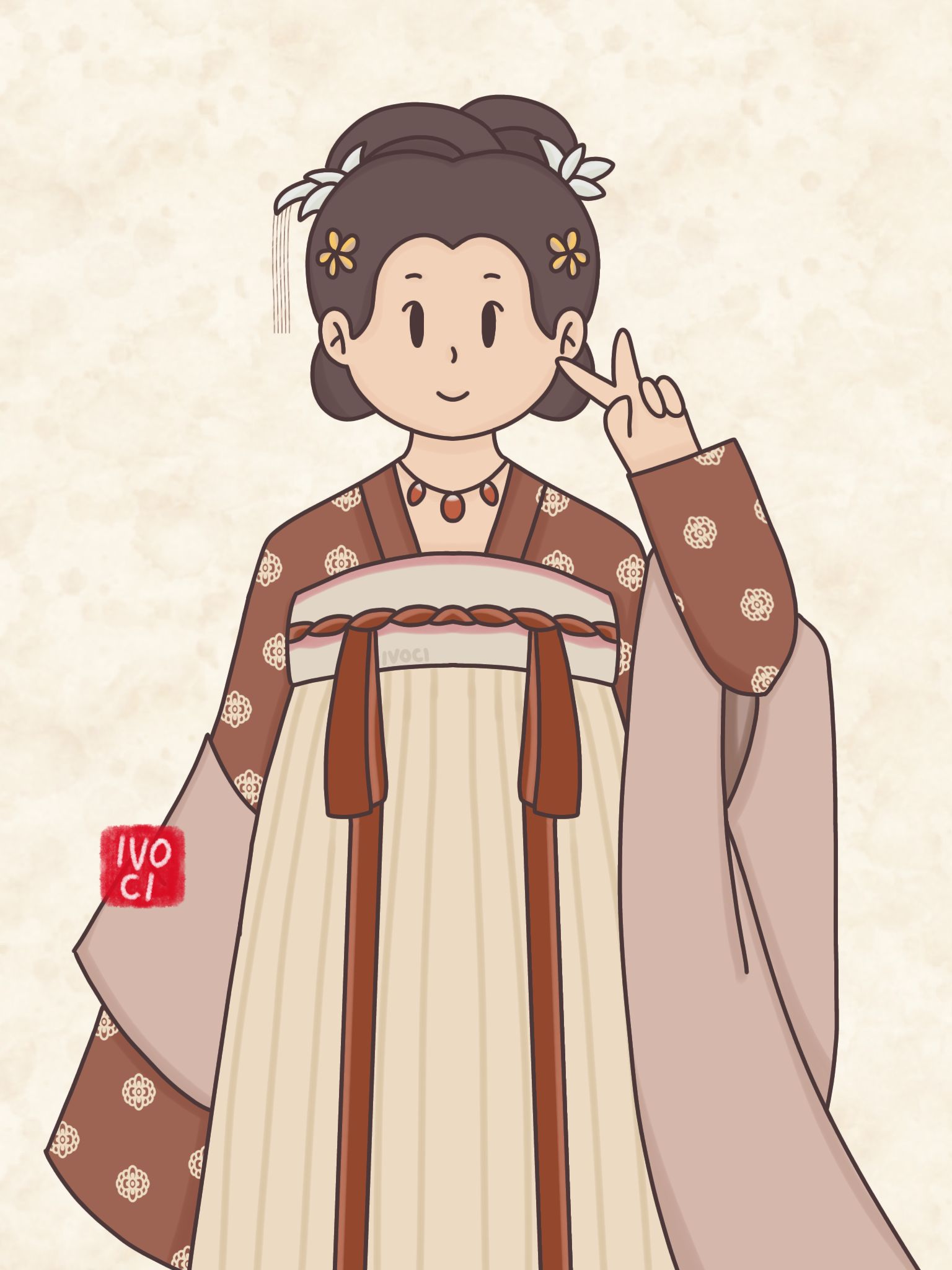
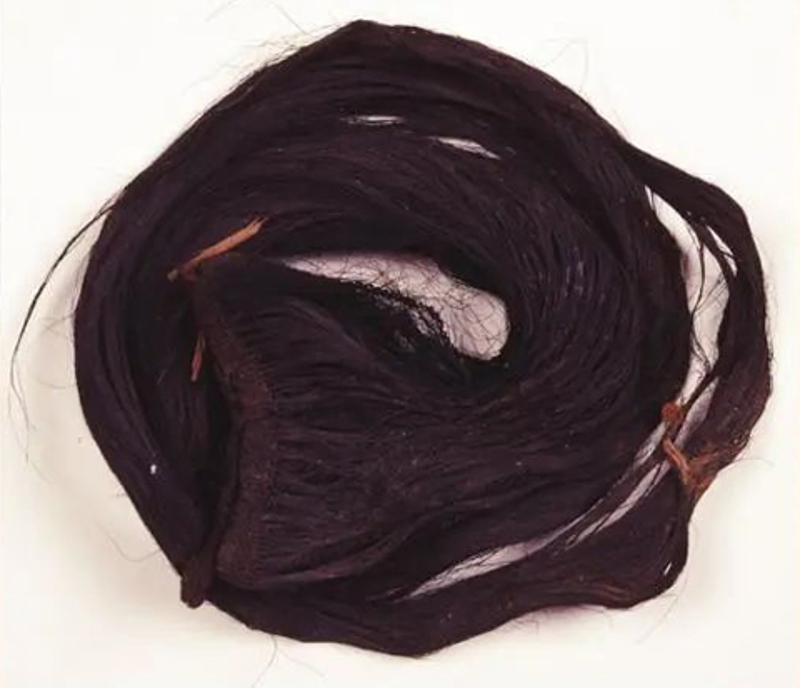
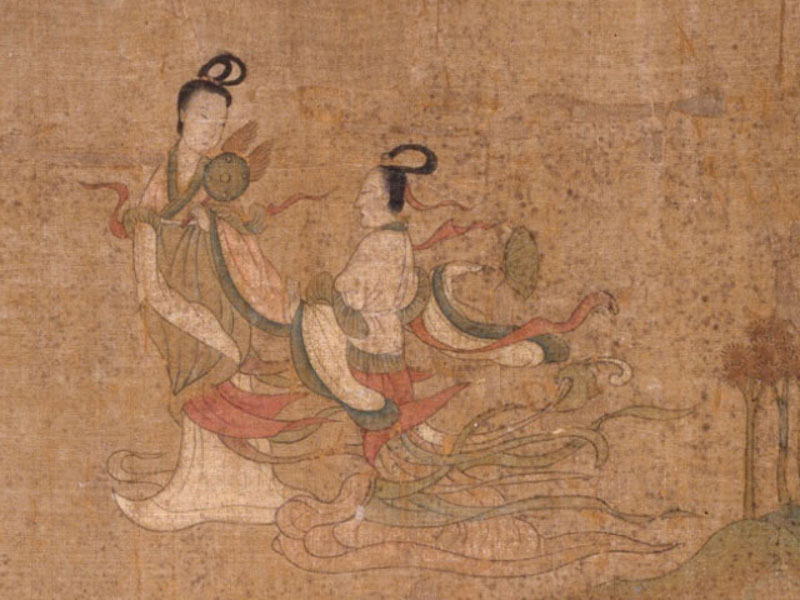
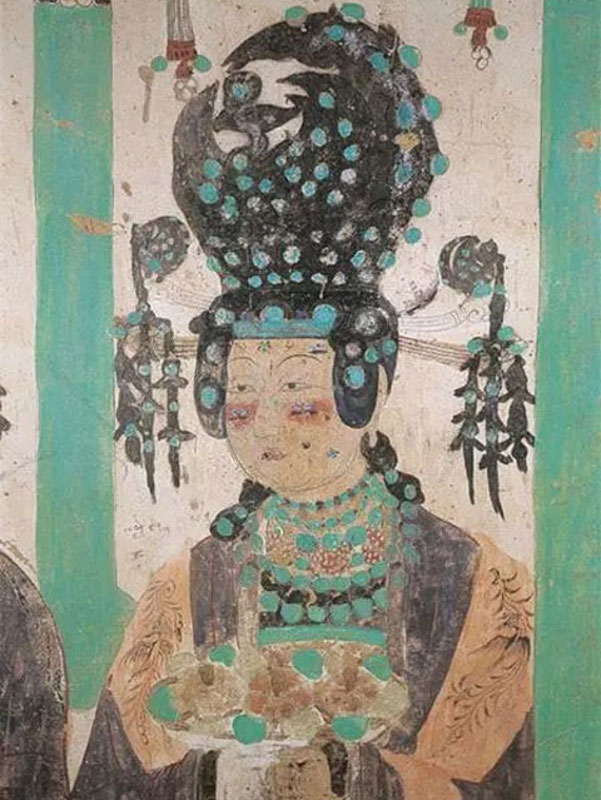
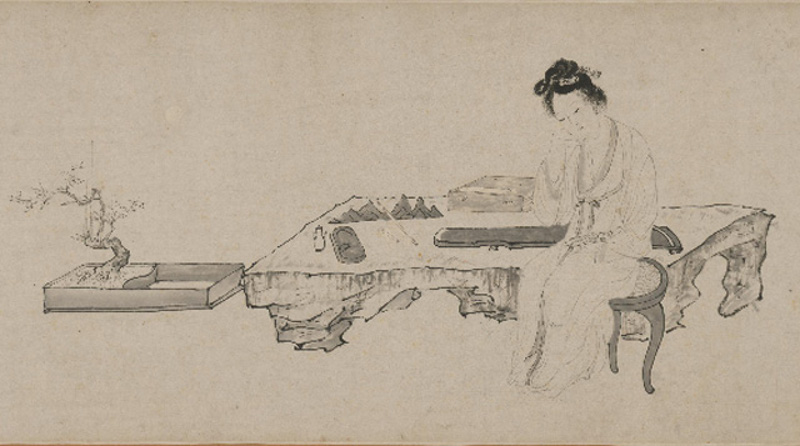
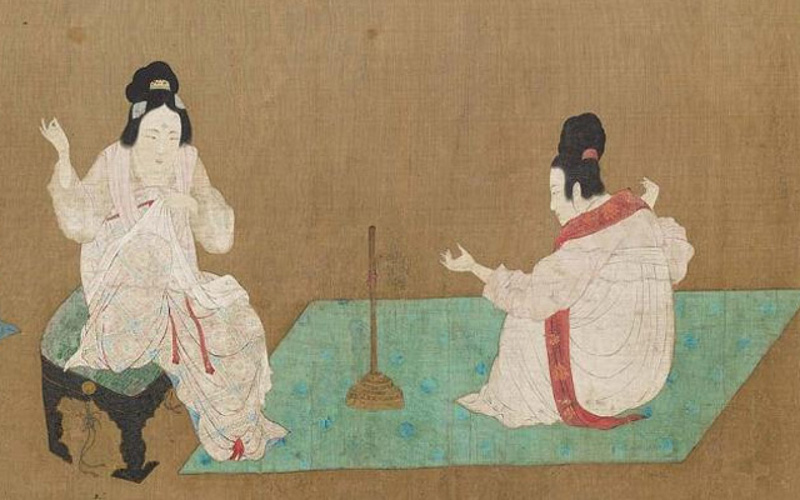
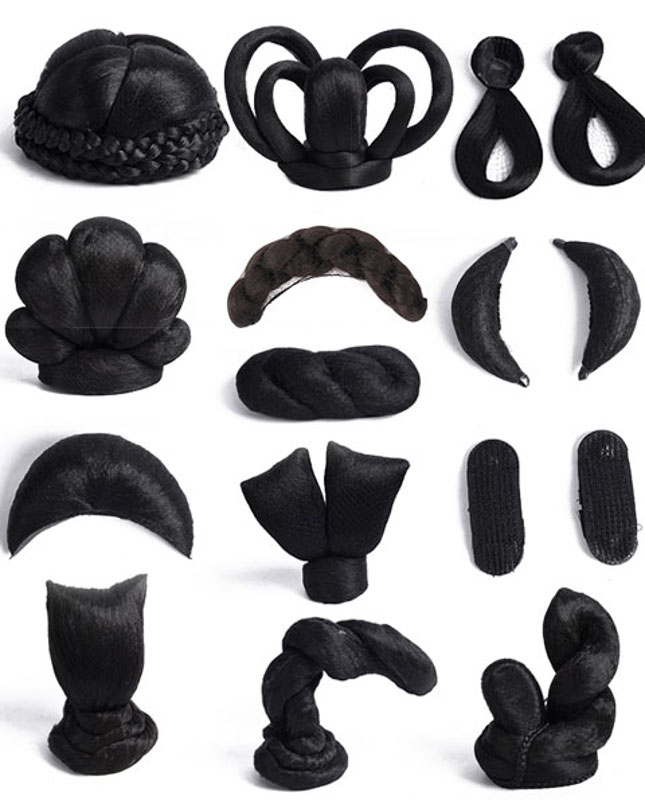
Leave a Reply